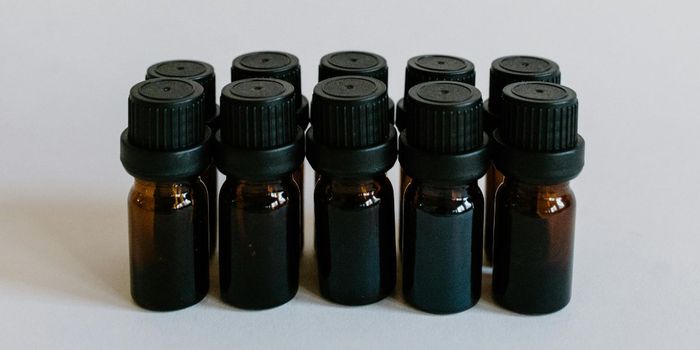Powerful diseases require powerful drugs or powerful doses of drugs, often with severe side effects. An optical control technique for chemotherapy could maximize dosage while minimizing damage.

According to a study published in Cell and reported in Science Daily, a new technique using light to activate chemotherapy drugs in specific cells can improve the effectiveness of cancer therapies while preventing severe side effects. The photopharmacology approach could treat a broad range of tumors with great precision by rendering current cancer drugs sensitive to light, which would take less time and effort than typical drug discovery programs (http://www.sciencedaily.com/releases/2015/07/150709132433.htm).
Pharmacotherapy is often severely hindered by issues related to poor drug selectivity, including side effects, environmental toxicity, and the emergence of resistance. Lack of selectivity is caused by the inability to control drug activity in time and space. Photopharmacology aims at solving this issue by incorporating photoswitchable groups into the molecular structure of bioactive compounds. These switching units allow for the use of light as an external control element for pharmacological activity, which can be delivered with very high spatiotemporal precision (http://pubs.acs.org/doi/abs/10.1021/ja413063e).
Co-senior author Oliver Thorn-Seshold of Ludwig-Maximilians-Universität München, explains, "We hope that our compounds will one day be used in medicine to deliver a killer blow to many types of localized cancer tumors, without producing side effects, thus improving on standards of care and also providing chemotherapy options for currently untreatable tumors." He adds that some chemotherapeutic drugs are inhibitors that interfere with the function of microtubules, which are parts of the cell's skeleton that play an important role in cell proliferation, migration and survival. Because these drugs do not specifically target cancer cells, they also interfere with the function of normal cells and cause severe side effects, such as heart and nerve damage. Thus, microtubule inhibitors are usually limited to low doses that fail to give the patient the maximum therapeutic benefit.
To change this paradigm, Thorn-Seshold and his colleagues developed a way to optically control microtubule inhibitor drugs now in clinical trials, with high spatial precision. They have identified a fixed structural element necessary to a drug's biological activity and replaced it with "a flexible hinge that swings open or shut in response to blue light."
Co-senior author Dirk Trauner, also of Ludwig-Maximilians-Universität München, adds, "We can then use light to switch the hinged drug on and off, where and when we want, with single-cell precision. The upshot is that our compounds retain the powerful anticancer effects of existing microtubule inhibitors, but add the bonus of tissue-specific localization."
The team showed the effectiveness of researchers of these modified compounds, called photostatins, at inhibiting the proliferation and survival of cells targeted by light, while not affecting neighboring cells. Photostatins can be switched on and off hundreds of times, enabling their use in long-term applications in both the clinic and the laboratory. Because they target a critical microtubule subunit that is found in the cells of all plants and animals, they can potentially be useful for a broad range of diseases.









